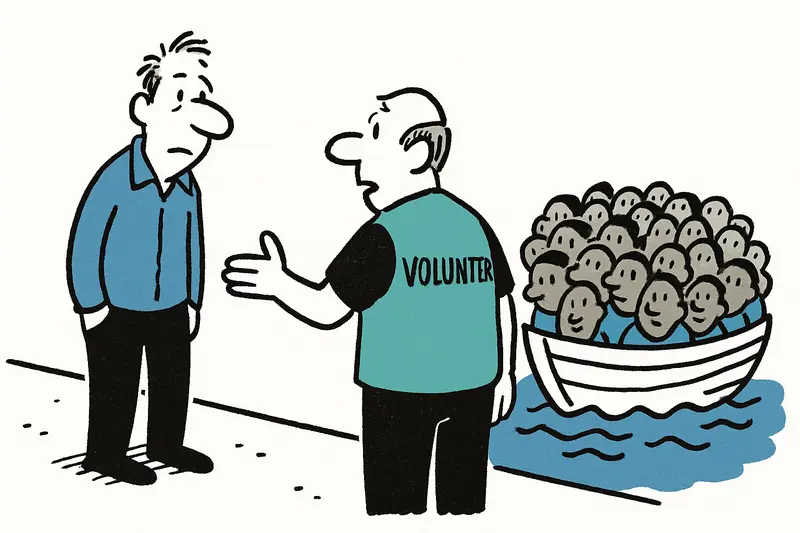Between January and September 2025, thousands arrived on the Balearic Islands — the islands suddenly face a massive aid and legal challenge.
Sudden rise in boats, and even more questions
On a cool morning along the Paseo Marítimo, it smells of coffee and engine oil. At the same time, this year there are clearly more rescue boats arriving than two or three years ago. Between January and September 2025, according to authorities, 5,681 people in 307 boats reached the Balearics — about 74 percent more than in the same period in 2024.
How serious is the situation?
If the trend continues, the number could grow by the end of the year to around 10,250 people. Especially Mallorca and Formentera report the most arrivals, Mallorca with more than 3,200 cases. The route from Algeria appears to be used more often, and the countries of origin are now more diverse: people from sub-Saharan Africa and parts of Asia are reported.
City, helpers and the consequences
In Palma's harbor you see rescue ships, police boats and volunteers distributing blankets, water bottles and coffee. But accommodation is tight: social facilities speak of overcrowded spaces and long queues at registration. Among the arrivals are also minors — and that is currently fueling a political dispute.
The regional government says it has only around 70 places for unaccompanied minors, while the central government calls for a distribution of a total of 406 minors. The dispute is now going to court.
A more serious problem than the numbers imply
The statistics alone do not tell the whole story: committed helpers on the ground report exhaustion, illnesses and traumatized children. Official figures so far report 44 bodies found on beaches; aid organizations say there are considerably more missing. An NGO has already reported hundreds missing for 2025.
Why it is decreasing elsewhere
Interestingly: while the Balearics are seeing stronger inflows, arrivals across Spain as a whole and in the Canary Islands are decreasing. Research into the causes is ongoing — from altered routes to weather patterns to increased surveillance.
For the islands this means: in the short term more work for sea rescue, health and housing; in the long term political decisions about distribution, aid and integration. And for everyone who lives here: conversations at the bar have become more serious. People listen, puzzle, help — and hope for workable solutions before the next winter brings new challenges.
Similar News

Severe Weather in Mallorca: Ongoing Delays at Palma Airport Cause Frustration
Due to heavy rain and thunderstorms, there are still significant delays at Palma Airport. Travelers from Germany should ...

Northern Lights over Mallorca: When and Where You Can See the Aurora Borealis
Between October 20 and 29, the Northern Lights could be visible over Mallorca. Who wouldn’t want to go to Scandinavia? A...

Costitx: Flowers, Stones, and a Look at the Starry Sky
Small village, big personality: Costitx blends blooming streets, ancient excavations, and an observatory - a day-trip ti...

Die Zeit auf Mallorca: Warum die Uhren hier anders ticken
Auf Mallorca läuft die Uhr offiziell anders als die Sonne — ein Erbe aus den 1940er-Jahren, das bis heute unseren Alltag...

Orange Weather Warning for Mallorca: Heavy Rain and Thunderstorms Set the Week
Aemet warns: Monday and Tuesday on Mallorca are under orange alert. Heavy rain, floods, and traffic disruptions are poss...
